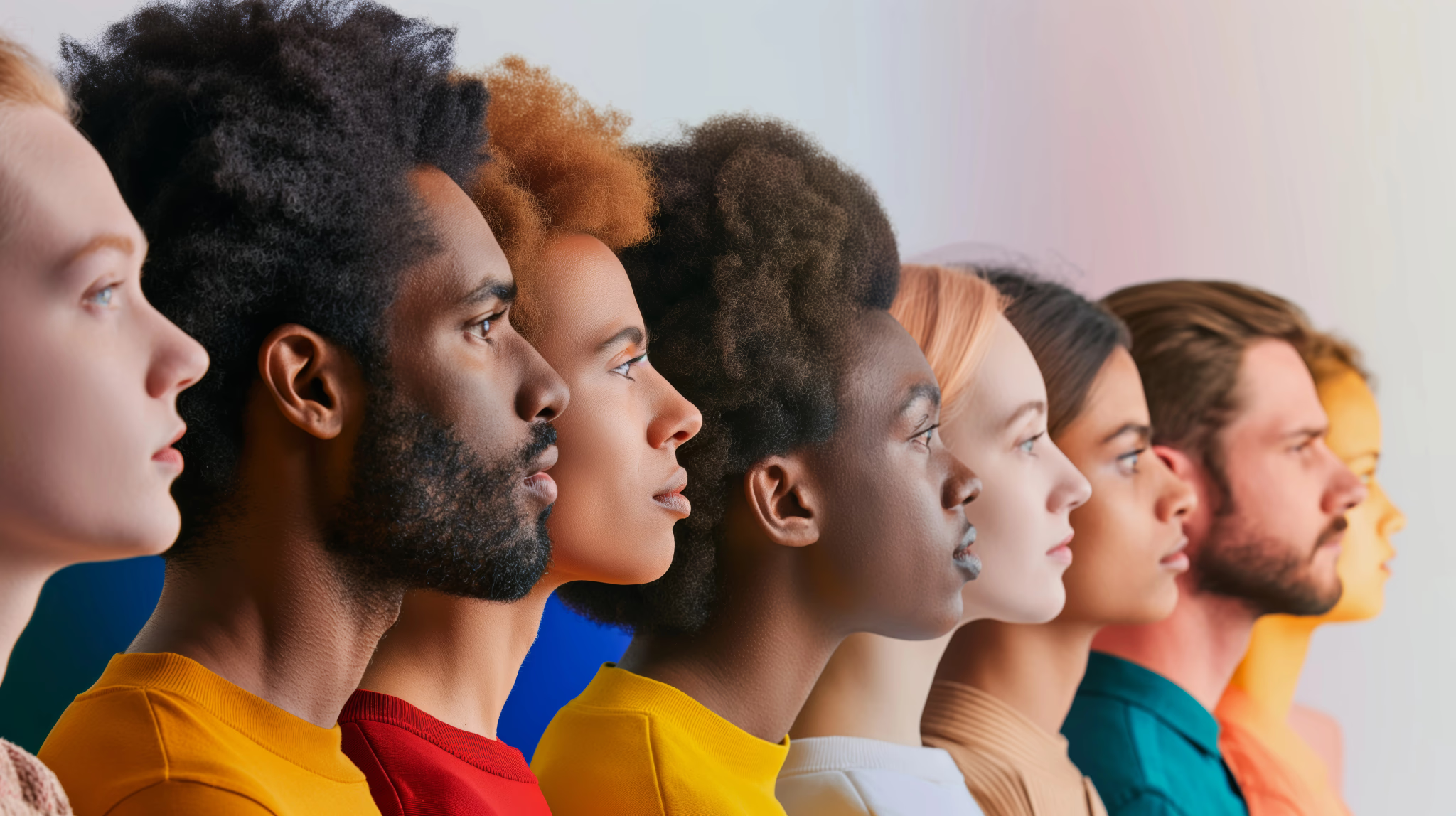Discrimination in the workplace is a recurring and damaging problem that affects not only individuals, but also organizations and society as a whole. Understanding and combating discrimination is essential to creating a healthy, productive and inclusive working environment.
This article aims to explain what is discrimination at work, how to identify it and the best practices to combat it.
What is discrimination at work?
Discrimination at work refers to any unequal or unfair treatment of an employee or job applicant based on personal characteristics protected by law, such as race, gender, sexual orientation, age, religion, disability, or illness.
Discrimination can be direct or indirect:
– Direct discrimination occurs when a person is treated less favorably directly because of a personal characteristic.
– Indirect discrimination occurs when an apparently neutral policy or practice puts a specific group at a disadvantage.
The impacts of discrimination in the workplace are significant, including lower employee morale, increased turnover, and decreased productivity.
What are the types of discrimination?
Direct discrimination
Direct discrimination is unequal treatment based on personal characteristics protected by law.
Indirect discrimination
Indirect discrimination occurs when apparently neutral policies or practices disproportionately harm certain groups.
Harassment
Harassment is unwanted behavior that creates a hostile work environment. It can include offensive jokes, inappropriate comments or intimidating actions.
Types of discrimination at work
Discrimination based on race and ethnicity
Racial and ethnic discrimination occurs when individuals are treated unfairly because of their skin color, origin or ethnicity.
Studies show that people from racial and ethnic minorities often face barriers to career progression and are subjected to microaggressions and stereotypes.
Gender discrimination
Gender discrimination involves unequal treatment based on a person's sex or gender identity.
Women, especially those from racial minorities, often face wage discrimination and fewer opportunities for professional advancement. In 2023, the wage gap between men and women in Brazil was approximately 22%, according to IBGE.
Discrimination based on sexual orientation
LGBTQIA+ people can face discrimination at work because of their sexual orientation or gender identity. A LGBTQIA+ inclusion in the labor market is still a challenge, with many individuals reporting harassment and a lack of equal opportunities.
Discrimination by age
Age discrimination, or ageism, occurs when older or younger workers are treated unfairly.
Workers over the age of 50 often struggle to find work or are pressured to retire prematurely.
Religious discrimination
Religious discrimination involves unequal treatment based on a person's religious beliefs. This can include denial of religious accommodations, such as flexible hours for religious practices.
Disability discrimination
People with disabilities often face barriers to inclusion in the job market, from a lack of physical accessibility to prejudiced attitudes. According to the International Labor Organization (ILO), only 4% of people with disabilities are employed in Brazil.
Discrimination based on illness
Employees with chronic or serious illnesses can face discrimination, including unfair treatment or dismissal due to their state of health. The Brazilian Law for the Inclusion of People with Disabilities protects these individuals, but discrimination still occurs.
How to identify discrimination at work
Examples of discrimination at work
Practical cases include denying promotions to women based on pregnancy potential, using offensive language against minorities, or failing to adapt the workplace for disabled employees.
Report of discrimination at work
Reports of discrimination are crucial to documenting and combating discriminatory practices. Employees should be encouraged to report discrimination and receive support to do so safely.
Signs of discrimination in the workplace
Signs of discrimination include unjustified pay disparities, exclusion from important meetings or events, and differential treatment by managers or colleagues.
Read also:
- Know that it is diversity census
- Sense of belonging at work: How to create an inclusive environment
How to prove discrimination at work?
Collecting evidence
Documenting incidents, gathering witnesses and keeping detailed records are essential steps in proving discrimination. Emails, messages and performance reports can serve as evidence.
Legal procedures
Seeking legal advice and understanding the legal process are important steps for those who face discrimination. In Brazil, the Consolidation of Labor Laws (CLT) offers protection against discrimination and workers can go to the Labor Courts.
What does the CLT say about discrimination?
Brazilian Labor Laws on Discrimination
The CLT prohibits discrimination in the workplace and guarantees equal opportunities for all workers.
Workers' rights and employers' duties
Workers have the right to a working environment free from discrimination and employers are responsible for implementing policies to prevent discriminatory practices.
Legal consequences for discriminatory practices
Companies that discriminate can face legal action, fines and reputational damage.
What can be considered discrimination?
Discrimination can be any behavior or practice that treats individuals unequally because of personal characteristics. Intentional discrimination is clear, but unintentional discrimination can also cause significant harm.
How companies should act to prevent discrimination
Creating diversity and inclusion policies
Companies must create clear diversity and inclusion policies and communicate them to all employees.
Employee training
Regular training on diversity, inclusion and cultural sensitivity is essential to educate employees and prevent discrimination.
Establishment of whistleblowing channels
Confidential and secure channels for reporting discrimination must be implemented, ensuring that all complaints are investigated fairly.
What to do in cases of discrimination that have already happened?
Internal procedures for dealing with discrimination
Impartial investigations and swift conflict resolution are essential in dealing with cases of discrimination.
Support for victims of discrimination
Offering psychological support and counseling to victims is crucial to helping them overcome the trauma of discrimination.
Corrective and preventive measures
Corrective action must be taken to prevent the repetition of discriminatory practices, including adjustments to policies and additional training.
Conclusion
Discrimination at work is a serious problem that requires continuous attention and proactive action on the part of companies.
Creating an inclusive and discrimination-free work environment is not only a legal obligation, but also a smart strategy to promote employee morale, productivity and organizational success.
Companies that adopt inclusive and proactive practices reap the benefits of a diverse and engaged workforce.
